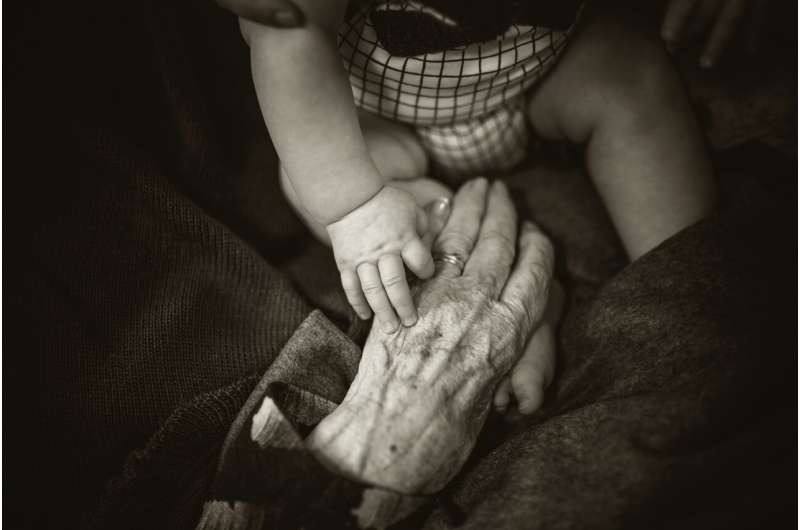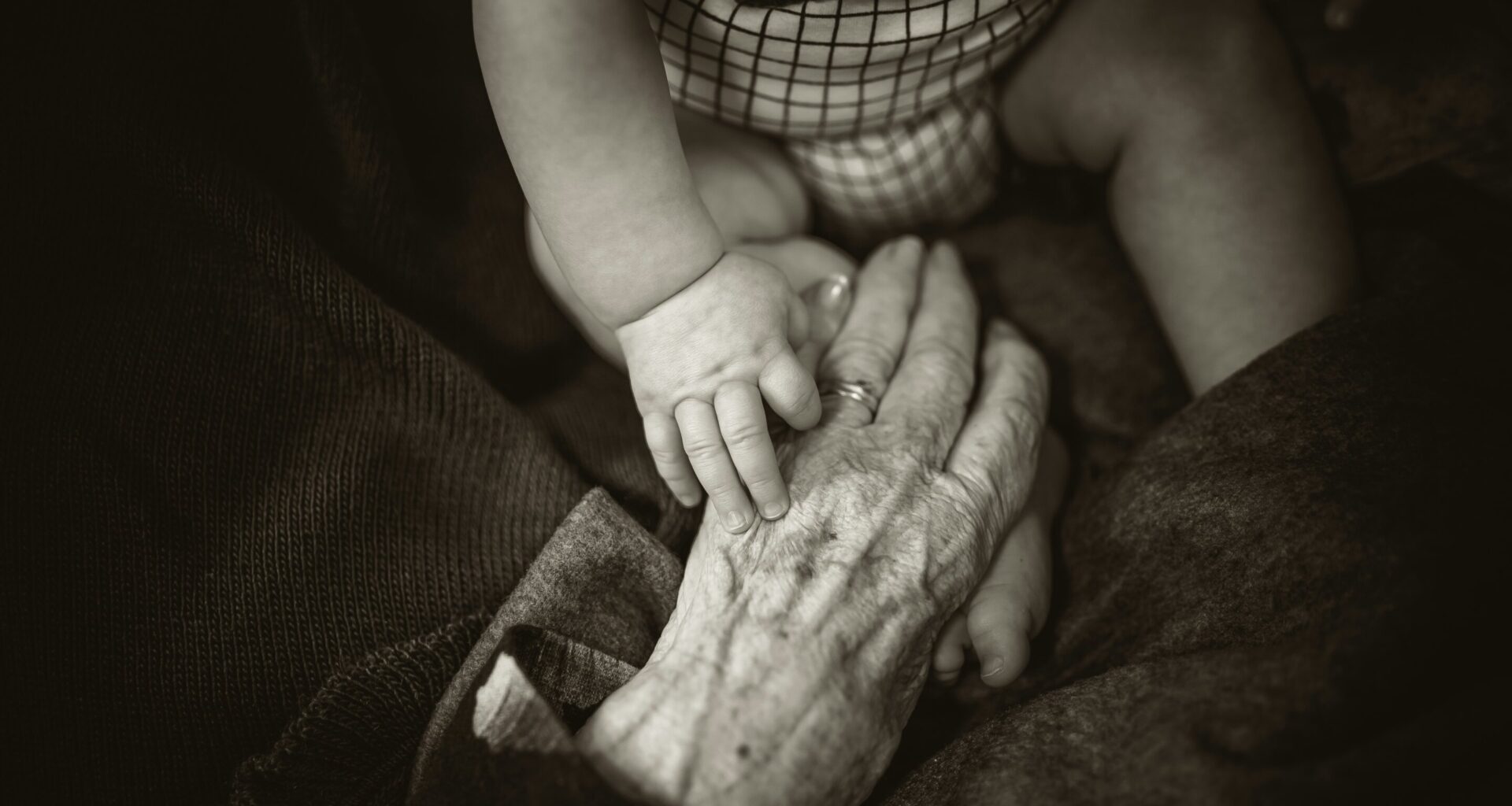
Credit: Unsplash/CC0 Public Domain
The New York University School of Medicine and collaborators found that capillary-associated macrophages in skin decline with age, weakening microvascular repair and reducing perfusion in mice, with skin restoration possible after boosting local macrophage renewal with a growth factor treatment.
Aging of capillary niches
Macrophages occupy distinct tissue niches that coordinate repair and function. Previous studies have linked age-related decline in the density of capillaries to conditions including chronic wounds and neurodegeneration.
Skin hosts multiple resident macrophage populations across the epidermis, upper dermis, and lower dermis. Capillary networks in the superficial plexus support nutrient delivery to the epidermis, and prior work has associated microvascular rarefaction with aging across organs. Niche-level immune organization related to aging skin has remained unclear.
Study design and goals
In the study, “Niche-specific dermal macrophage loss promotes skin capillary ageing,” published in Nature, researchers used intravital two-photon microscopy and complementary mouse genetics to determine how capillary-associated macrophages organize, renew, and sustain capillary function during physiological aging.
Researchers examined live mouse footpad skin through repeated imaging sessions, covering animals aged 1 to 18 months in the main experiments and up to 24 months in supplementary analyses. Human analyses examined anterolateral chest skin from five young individuals under 40 and six individuals over 75, in quantified upper-dermal assessments.
Imaging fields focused on the upper dermis overlying the superficial capillary plexus, with repeat revisits to track the same microvascular territories.
Testing the concept
Investigators set an objective to test whether local macrophage behavior governs repair of obstructed capillaries and whether age-linked macrophage loss causally impairs perfusion.
Intravital two-photon microscopy visualized macrophages. Functional tests combined laser-induced capillary clots with time-lapse tracking of local macrophage recruitment and phagocytosis.
Rejuvenation experiments administered intradermal growth factor CSF1–Fc for four days, followed by assessments of capillary-associated macrophages (CAMs), capillary flow, and return of blood flow after intentionally creating small, reproducible blockages in individual capillaries.
So, can they restore old skin?
Results indicate restoration of microvascular perfusion and repair capacity in aged mouse skin when local macrophage numbers are boosted.
Researchers increased capillary-associated macrophages in the skin using CSF1–Fc, then watched for what changed. Treated paws showed a significant rise in CAM density compared with controls, fewer obstructed capillary segments at rest, and better blood-flow recovery after capillary blockages.
Scope remains limited to microvascular function in mice. Evidence for broader structural or functional rejuvenation of skin, or for efficacy in humans, is unclear.
Human results confirmed that macrophages associated with capillaries decrease in older skin, paralleling what was seen in aged mice. The restoration technique was not tested on human skin.
The authors conclude that the findings support a model in which inadequate self-renewal and limited redistribution of capillary-associated macrophages permit gaps in coverage that grow with age, leaving segments vulnerable to obstruction and pruning.
The researchers propose that niche-specific constraints on macrophage renewal represent an early, targetable contributor to tissue aging, with CSF1-based strategies offering a route to reversal, improving microvascular function and skin repair.
Written for you by our author Justin Jackson, edited by Sadie Harley, and fact-checked and reviewed by Robert Egan—this article is the result of careful human work. We rely on readers like you to keep independent science journalism alive.
If this reporting matters to you,
please consider a donation (especially monthly).
You’ll get an ad-free account as a thank-you.
More information:
Kailin R. Mesa et al, Niche-specific dermal macrophage loss promotes skin capillary ageing, Nature (2025). DOI: 10.1038/s41586-025-09639-y
© 2025 Science X Network
Citation:
Restoring youthful microvascular function to aging skin (2025, October 31)
retrieved 1 November 2025
from https://medicalxpress.com/news/2025-10-youthful-microvascular-function-aging-skin.html
This document is subject to copyright. Apart from any fair dealing for the purpose of private study or research, no
part may be reproduced without the written permission. The content is provided for information purposes only.
